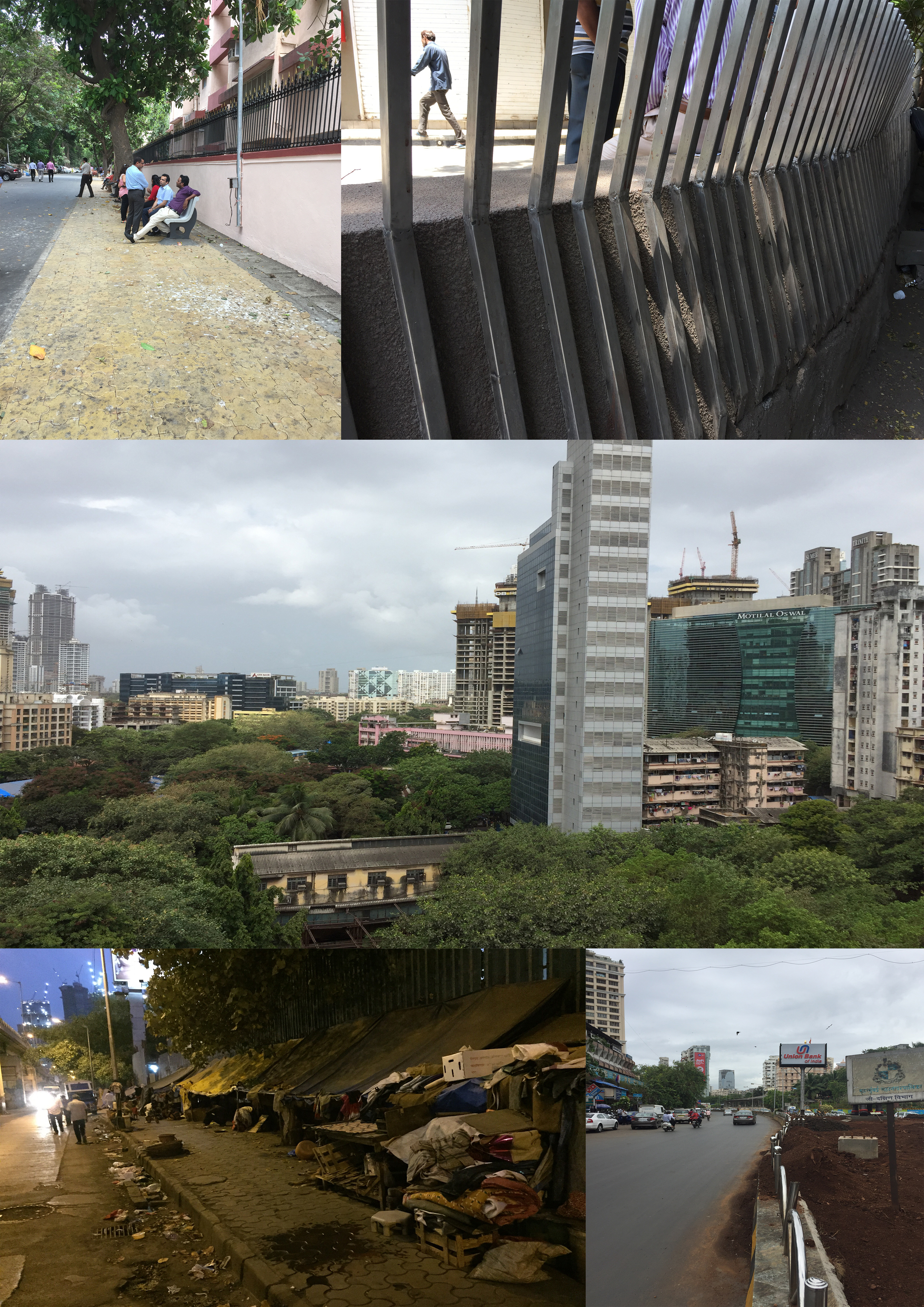
Uploaded on 2017-06-09 by Adnya Naik
This Images have been captured in the Prabhadevi & Elphinstone areas of Mumbai city. These images briefly explain the urban issues related to stocks & flows. Following are the important stocks & flows in my area. 1. Density of Dwellings Between 1990 and 2010, the stock & flow of density of dwellings increased significantly. According to Government of India Census, the dwellings increased from 2.4 million in 1990 to 4.1 million by 2010. This in turn has increased construction activity thereby increasing the demolition waste. The most noticeable feature of Mumbai’s metabolism is that more & more people are coming into the city than are leaving. This creates urban pressure on building construction & transport sectors. 2. Construction Material Resources like fuel and water are transformed into useful output and waste which ultimately leave the city as flow where as the bulk mass of construction inputs remain in the city, either as building stock or as landfill. Major materials include: cement, reinforcement steel, bricks, sand and coarse aggregate. It is important to note that flow of aggregates used in concrete and mortar account for 60% of total construction materials consumed and are derived from river beds and rocky outcrop. 3. Waste In Mumbai, the quantity of municipal solid waste collected & dumped as stock in 2010 was 15050 tonnes/day. There is continuous flow of waste from residential, commercial and industrial sectors, as also from construction and demolition waste. The share of residential waste is the highest with 58.5% followed by construction and demolition waste at 27.3%. Increasing waste volume is not just a waste management issue; it reflects on the inadequacy of methods of producing and consuming products and goods. Waste represents not only an environmental threat but also a loss of valuable resources and energy that could be reused or recovered. Conclusion Materials are coming from farther and farther places & never leave the city. This indicates the need for improvements to the utilisation efficiency of various resources which require enlightened policy and wise investments. There is another dimension to this. The metabolism accounting not only enables us to track what goes in and out of the cities. It also includes what stays inside: in buildings, soil, and people. For example, 85% of all construction material inputs to Mumbai never leave the city. Another issue is about finding ways to give back nutrients to surrounding rural areas from waste water or food waste. Instead, cities like Mumbai handle waste differently, relying on landfills and incinerators. It is time for the planners to think of urban to rural nutrient transfer practices.